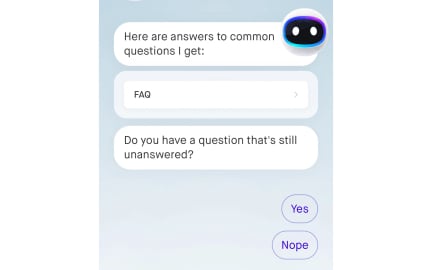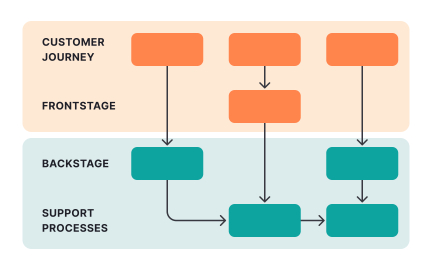API Lifecycle Management
API lifecycle management oversees the creation, deployment, maintenance, and retirement of APIs throughout their operational life.
What is API Lifecycle Management?
API lifecycle management covers everything that happens to an API from initial design through retirement. This includes versioning (so you don't break existing integrations), documentation (so developers actually know how to use it), security updates, performance monitoring, and eventually sunsetting old versions.
The process encompasses API design, development standards, testing protocols, deployment automation, version control, deprecation planning, usage analytics, developer experience, and more.
API Management Across Development Phases
API teams apply lifecycle management principles throughout development to maintain reliability while enabling innovation and growth.
Design and planning phase
Establish API standards, naming conventions, and versioning strategies before writing any code. RESTful principles, consistent error handling, and developer-friendly patterns become foundational decisions rather than afterthoughts.
Development and testing phase
Implement semantic versioning (v1.2.3 format) from day one to communicate change impact clearly. Build comprehensive test suites covering all endpoints, error conditions, and edge cases that real developers will encounter.
Launch and documentation phase
Create interactive documentation with working code examples in multiple programming languages. Provide sandbox environments where developers can experiment safely. Twilio's exceptional documentation drove much of their early growth.
Maintenance and evolution phase
Monitor usage patterns, performance metrics, and error rates continuously. Plan deprecation timelines carefully - give partners 6-12 months notice before removing functionality. Never break backward compatibility without extensive communication.
API Lifecycle Best Practices
Design principles:
- API-first approach with consistent patterns across all endpoints
- Semantic versioning communicating change impact clearly
- Comprehensive error responses with actionable guidance
- Security built-in rather than added as afterthought
Documentation standards:
- Interactive examples that work in real environments
- Code samples in multiple popular programming languages
- Getting started guides for common use cases
- Comprehensive reference documentation with search functionality
Testing and quality assurance:
- Automated testing covering all endpoints and error conditions
- Performance testing under realistic load conditions
- Security testing for authentication and data protection
- Backward compatibility testing across supported versions
Monitoring and analytics:
- Usage tracking by consumer, endpoint, and geographic region
- Performance monitoring with alerting for degradation
- Error rate tracking with automatic incident response
- Developer satisfaction surveys and feedback collection
Yes, especially when API changes affect how data is displayed or interacted with.
Developers must migrate to a new version before the old one is removed or stops working.
Through changelogs, documentation updates, or API versioning strategies.
Recommended resources
Courses

HTML Foundations

Enhancing UX Workflow with AI

CSS Foundations
Lessons

Service Design Process

What is Agile?







